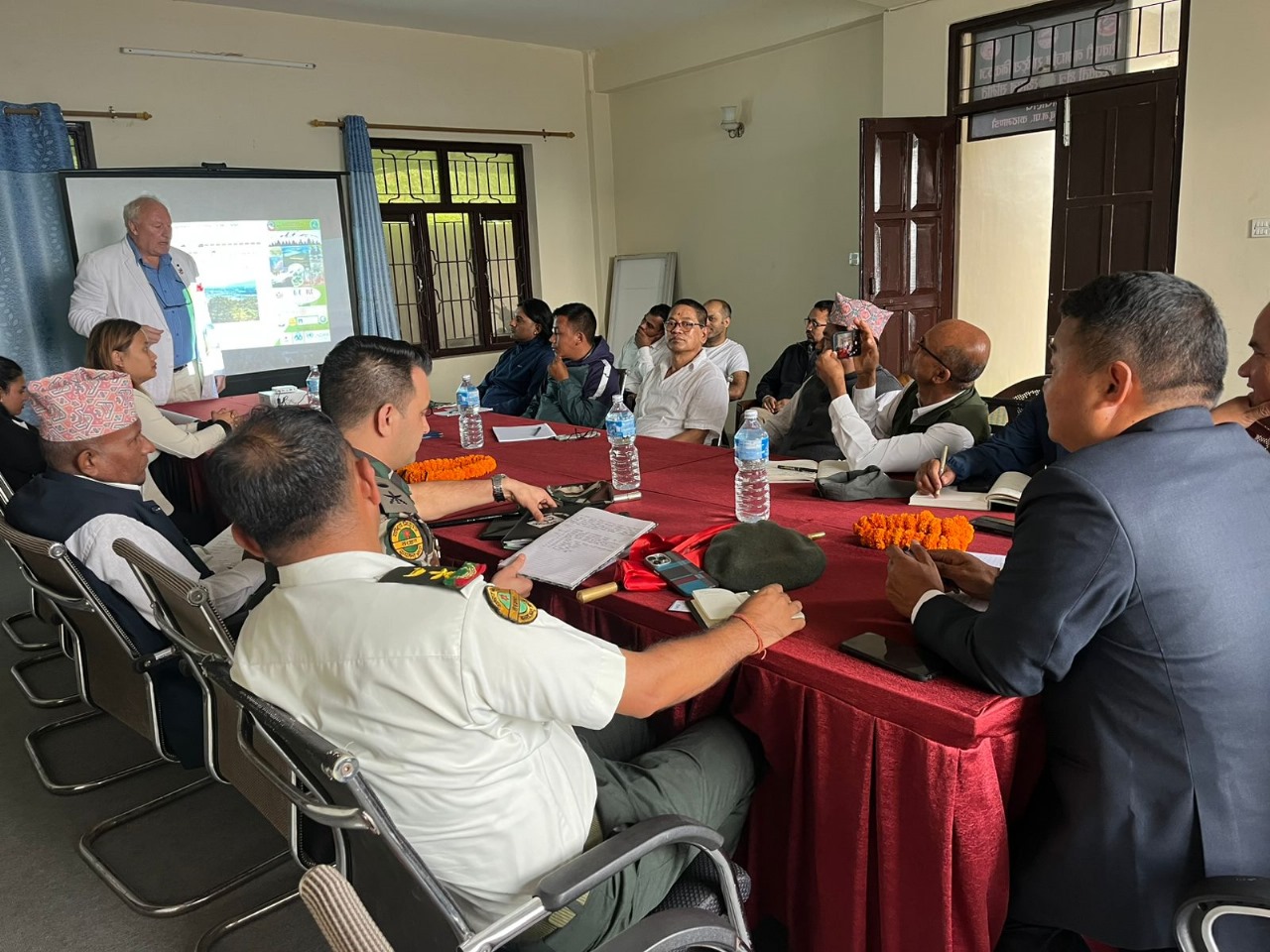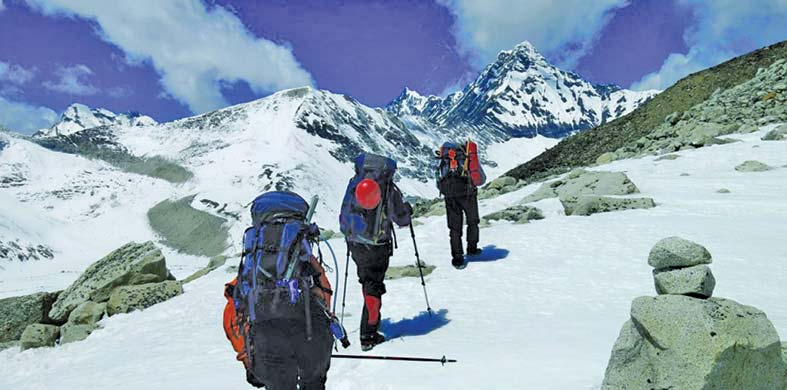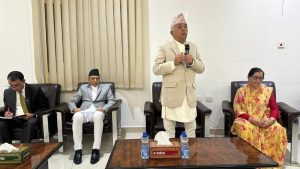Pokhara, 26 Oct: After a sluggish period, Pokhara’s tourism industry has come alive once more, with both domestic and foreign tourists flocking to the city. The long Dashain–Tihar holidays, open mountain routes, and favorable weather have created an encouraging atmosphere in hotels, restaurants, and other tourism-related sectors. This surge has brought renewed optimism among tourism entrepreneurs and sent a positive message across the entire sector.
Pokhara — one of Nepal’s most prominent tourist destinations — attracts visitors with its breathtaking views of the Annapurna mountain range, the tranquil beauty of Phewa Lake, and adventure activities such as paragliding, bungee jumping, and zip-lining. Moreover, it serves as the gateway to the Annapurna trekking region and the sacred site of Muktinath.
Recently, the city’s tourism, which had declined due to protests and adverse weather, is being revitalized thanks to improved conditions and extended holidays.
According to Laxman Subedi, President of the Hotel Association Pokhara, “Both domestic and foreign tourist arrivals have been satisfying during Tihar. With long holidays and pleasant weather, around 90% of hotels in the Lakeside area are currently occupied. The inflow of tourists trekking from Pokhara to destinations such as the Annapurna Circuit and Mustang has added to the enthusiasm.”
Subedi mentioned that this positive wave is not limited to Pokhara but has also benefited the tourism sector of the entire Gandaki Province.
He added that roughly Rs. 800 billion has been invested in Pokhara’s tourism industry, out of which about Rs. 600 billion is in the hotel business alone, employing around 15,000 people directly. Pokhara currently operates around 1,200 tourist-standard hotels, 700 of which are concentrated around Lakeside and Damside, with the capacity to accommodate about 40,000 guests per night. The city boasts one five-star, six four-star, and about thirty three-to-one-star luxury hotels.
Trekking Enthusiasm Boosts Pokhara’s Popularity
Trekking has seen renewed enthusiasm among domestic travelers this season. Pokhara serves as a vital gateway for treks such as the Annapurna Base Camp, Mardi Himal, and Ghorepani–Poon Hill, which are globally renowned trekking routes attracting thousands of hikers every year.
According to Krishna Acharya, President of the Trekking Agencies’ Association of Nepal (TAAN) Pokhara, “Pokhara is the entry point for trekking in Nepal. The countless scenic trails in the Annapurna region make it an attractive destination for trekkers worldwide. Currently, both domestic and international tourist arrivals look very promising.”
He emphasized the need for the government to take greater interest in the preservation and promotion of these trails to make Pokhara’s tourism sustainable and prosperous. “It’s natural that tourism peaks this season,” he said, “but our goal is to keep trekking tourism active throughout the year.”

Acharya further noted that TAAN recently promoted the Annapurna North (Maurice Herzog Trail) while also working on identifying new trekking routes, upgrading existing trails, improving safety infrastructure, and enhancing the capacity of local guides.
Recent statistics show that 1,000 to 1,200 foreign tourists and 4,000 to 4,500 Nepalis have been trekking daily through checkpoints such as Chhomrong, Pothana, Birethanti, Besisahar, and Ghansa.
Restaurants, Culture, and New Airport Add Fresh Energy
Bishwaraj Paudel, President of the Restaurant and Bar Association Nepal (REBAN) Pokhara, expressed delight at seeing a lively tourist flow after a long time. “Compared to Dashain, the number of tourists during Tihar has been impressive. Restaurants and bars are once again bustling with guests, giving us renewed energy,” he said.
Hari Bhujel, Senior Vice President of the Pokhara Tourism Council, stressed that while this seasonal boom is welcome, a long-term strategy is needed to attract tourists throughout the year. He highlighted the importance of promoting Pokhara’s natural beauty and cultural diversity both domestically and internationally.
“Pokhara is a destination of natural, adventure, and cultural tourism,” Bhujel said. “To take tourism to new heights, cooperation between the government and the private sector is essential.”
He also pointed out that tourism is vulnerable to natural disasters, political instability, and pandemics. Therefore, the state must adopt a sustainable tourism strategy to safeguard the industry. Bhujel called for developing Pokhara as a hub for adventure tourism, identifying new destinations, and expanding tourism infrastructure.
With its cultural diversity and thrilling activities, Pokhara continues to enchant visitors. From boating on Phewa Lake, watching sunrise from Sarangkot, visiting the World Peace Pagoda, exploring Davis Falls and Gupteshwor Cave, to the International Mountain Museum, every corner of the city offers something unique.
Evenings around Lakeside are vibrant, with restaurants, cafés, and shops creating a lively atmosphere. Boating on the serene lake, cycling or walking along the shore, and visiting the Tal Barahi Temple in the middle of the lake offer visitors moments of peace and cultural reflection.
With the operation of the new international airport, Pokhara expects an even greater rise in foreign tourist arrivals — marking a new era for Nepal’s tourism capital.






















